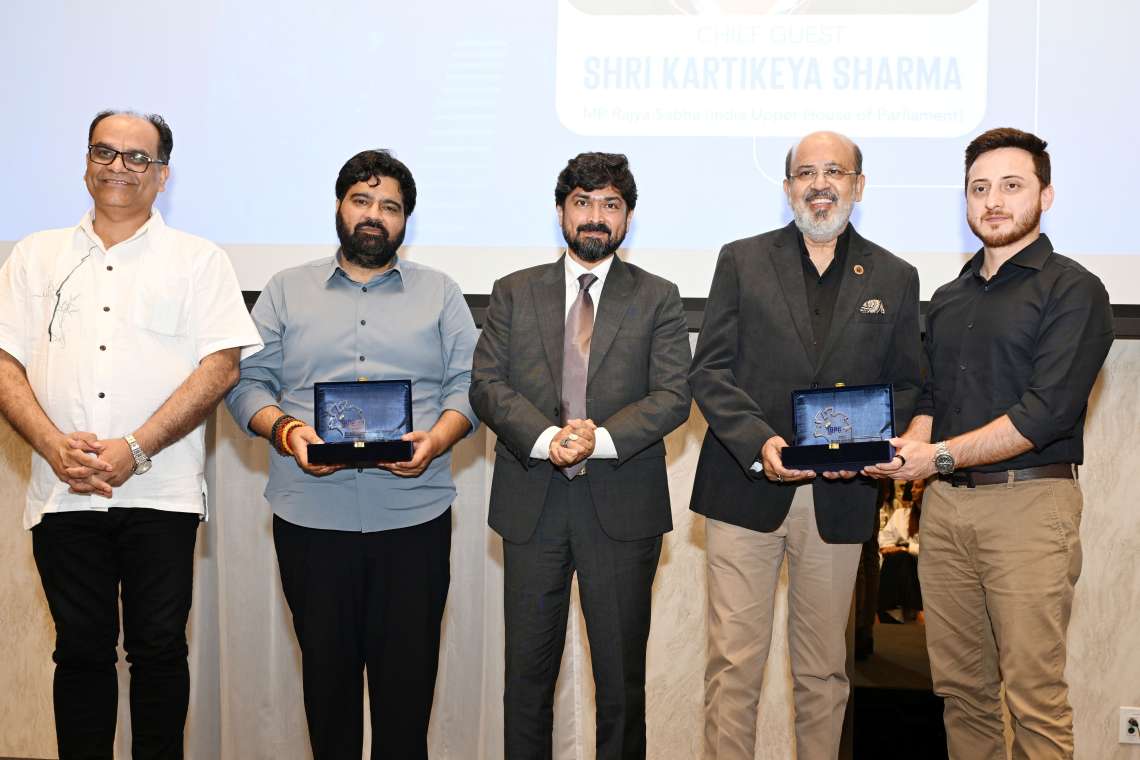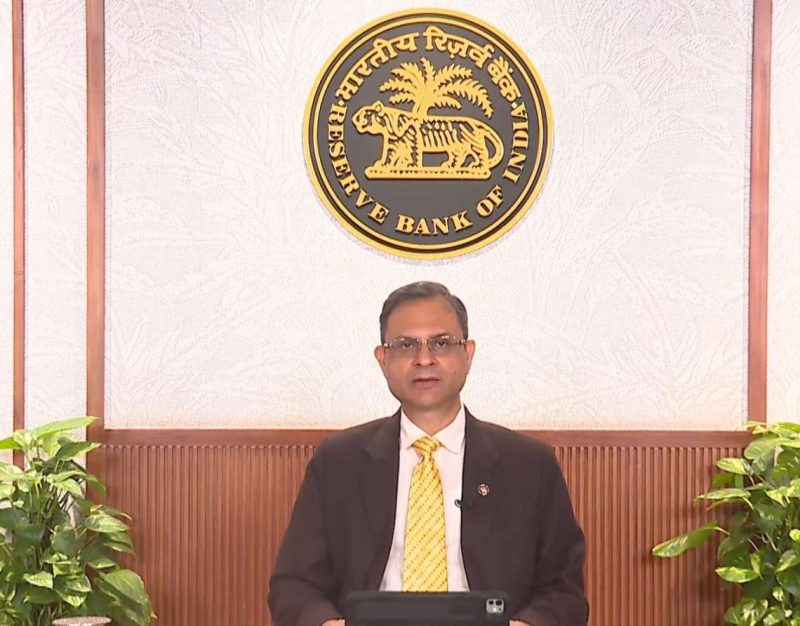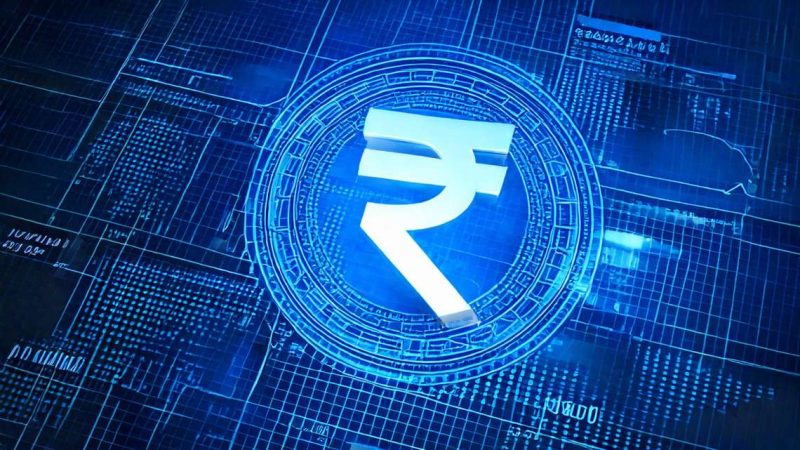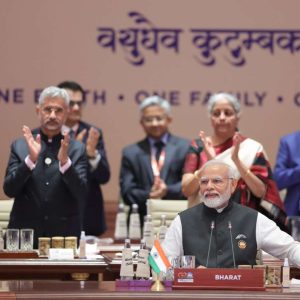The ‘Skill India’ programmes comprised implementing curriculum-based skill training courses, wherein trainees would gain certifications and endorsements from industry-recognised learning centres…reports Asian Lite News
India embarked on the ‘Skill India Mission’ to become self-reliant, under which upskilling people is one of the government’s key focus areas.
Union Education Minister Dharmendra Pradhan recently chaired the third meeting of the steering committee of the National Skill Development Mission (NSDM), where he highlighted a number of issues such as the convergence of skill development schemes, skill gap analysis, skill mapping, connecting Indian youth to global opportunities, developing curriculum to reflect current trends, and creating synergy between various skill development portals.
In 2015, Prime Minister Narendra Modi launched the ‘Skill India Mission’, which was in accordance with his vision to help India become ‘Atmanirbhar’ (self-reliant). The initiative was aimed to create and implement comprehensive skill development training programmes that would help bridge the gap between industry demands and skill requirements and therefore, develop the country at large.

The ‘Skill India’ programmes comprised implementing curriculum-based skill training courses, wherein trainees would gain certifications and endorsements from industry-recognised learning centres. The mission also involved incorporating skill-based learning into the school curriculum, creating opportunities for both long- and short-term skill training and employment.
The government is aiming to train one million youth per annum through apprenticeship training. The training is conducted every month since June 2022.
The NSDM was launched by the Ministry of Skill Development and Entrepreneurship (MSDE) on July 15, 2015.
The ‘Skill India Mission’ was launched to create convergence across various sectors and different states in terms of activities relating to skill training.
The objectives of the mission include:
* Implementing the National Skills Qualifications Framework (NSQF) which will allow opportunities for long-term, as well as short-term training, leading to productive employment and career improvement.
* Using the NSQF module to maintain a balance between the industry-employer demand.
* Providing facilities for re-skilling and up-skilling the workforce of the unorganised sectors.
* Ensuring high-quality training standards through high-quality teaching and benchmarked institutions according to national and international standards.
* Support weaker and disadvantaged sections of society through focused outreach programmes.
* Enabling pathways for transitioning between the vocational training system and the formal educational system, through a credit transfer system.
* Maintaining a national database, known as the Labour Market Information System (LMIS), which will act as a portal for matching the demand and supply of skilled workforce in the country.
With India being a ‘young’ country due to its 75 per cent working-age population, the development of a skilled and educated workforce will play a significant role in enhancing its overall economy, according to India Brand Equity Foundation.
According to the International Labour Organisation (ILO), India is likely to face a shortage of approximately 29 million skilled personnel by 2030. Following this, Accenture in 2019 predicted that if India does not take timely actions – such as investing in new technologies or building industry-required skills-the skill deficit could cost the country $1.97 trillion in terms of gross domestic product (GDP) over the next decade.
With the ‘Skill India Mission’, the government aims to develop those practical skills, which are required by the industry and therefore, improve the employment rate in the country.
Since implementation, the mission has helped boost employment. According to data from the Centre for Monitoring Indian Economy (CMIE), the�unemployment rate dropped to 6.5 per cent in January 2021 from 9.1 per cent in December 2020, while the employment rate increased to 37.9 per cent in January 2021 from 36.9 per cent in December 2020.














